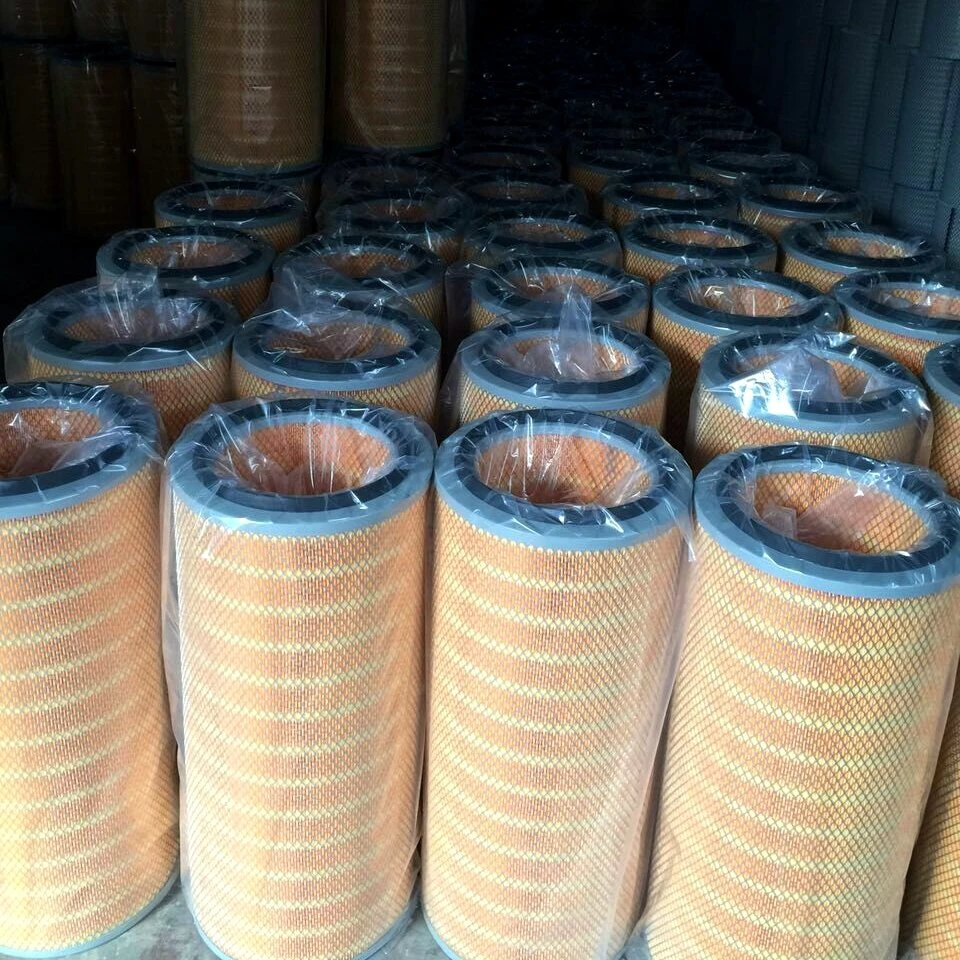 Tel:
+8615930870079
Tel:
+8615930870079
Tet . 19, 2024 04:38 Back to list
Selection and Maintenance of Turbine Air Intake Filtration Systems for Optimal Performance
Optimizing Turbine Air Intake Filters for Enhanced Performance
In the world of turbine engines, whether used in aircraft or industrial applications, the air intake system plays a fundamental role in determining overall performance and efficiency. One of the critical components of this system is the turbine air intake filter. These filters are designed to protect the engine from harmful contaminants found in the air, such as dust, dirt, and other particulate matter. However, their effectiveness is not just about protection; it also significantly impacts the efficiency and performance of the turbine.
The primary function of turbine air intake filters is to ensure that the air entering the engine is as clean as possible. Contaminants can lead to various issues, including reduced efficiency, increased maintenance costs, and potential damage to engine components. A well-designed filter can remove particles that could otherwise contribute to wear and tear, enhancing the engine's longevity and performance.
There are several types of air intake filters available for turbine engines, each with its own advantages and disadvantages. The most common types include disposable paper filters, reusable foam or cotton filters, and HEPA (High-Efficiency Particulate Air) filters. Disposable filters are inexpensive and easy to replace but can become clogged quickly, reducing airflow and potentially impacting engine performance. Reusable filters, on the other hand, can be washed and reinstalled, providing an eco-friendly option while maintaining efficiency. HEPA filters offer exceptional filtration capabilities, capturing small particles that other filters might miss, but can be more expensive and require careful maintenance.
turbine air intake filters

To optimize the performance of turbine air intake filters, it is crucial to understand the conditions in which the engine operates. For instance, in arid and dusty environments, filters need to be more robust and capable of withstanding heavier particulate loads. In contrast, in cleaner environments, less stringent filtering may suffice. Engine manufacturers often provide guidelines and recommendations for filter maintenance and replacement schedules based on operational conditions, which should be strictly followed to ensure optimal performance.
Moreover, the design and material of the filter media also play a significant role in its effectiveness. Advanced materials, such as synthetic fibers, can offer superior filtration and airflow characteristics compared to traditional filter media. Engineers must strike a balance between filtration efficiency and airflow resistance; while it is essential to trap as many contaminants as possible, overly restrictive filters can limit engine performance by reducing the amount of air that reaches the combustion chamber.
Regular maintenance of turbine air intake filters is vital. Routine inspections can identify signs of clogging or damage, allowing for early intervention before these issues escalate into more significant problems. Operators should establish a maintenance schedule that aligns with the manufacturer's recommendations and considers the specific operational environment.
In summary, turbine air intake filters are critical in sustaining the health and performance of turbine engines. Choosing the right type of filter, understanding the operational environment, and adhering to maintenance guidelines are essential steps in optimizing filter performance. With proper attention to these factors, operators can ensure that their turbine engines remain efficient, reliable, and capable of meeting the demands of modern applications. As technology continues to advance, the development of new materials and designs will likely enhance the effectiveness of turbine air intake filters, contributing to even greater engine performance in the future.
-
Types and Applications of Air Filtration CartridgesNewsJul.28,2025
-
The Role of Gas Turbine FiltersNewsJul.28,2025
-
Mastering Air Filter Cartridge UseNewsJul.28,2025
-
Advanced Turbine Filters for Modern Gas TurbinesNewsJul.28,2025
-
Cellulose Air Filter Cartridge Advantages in Dust FiltrationNewsJul.28,2025
-
Cellulose Filters for Air Particle ReductionNewsJul.28,2025

 Email:
Email:





